Sightseeing Spots
Search Results308
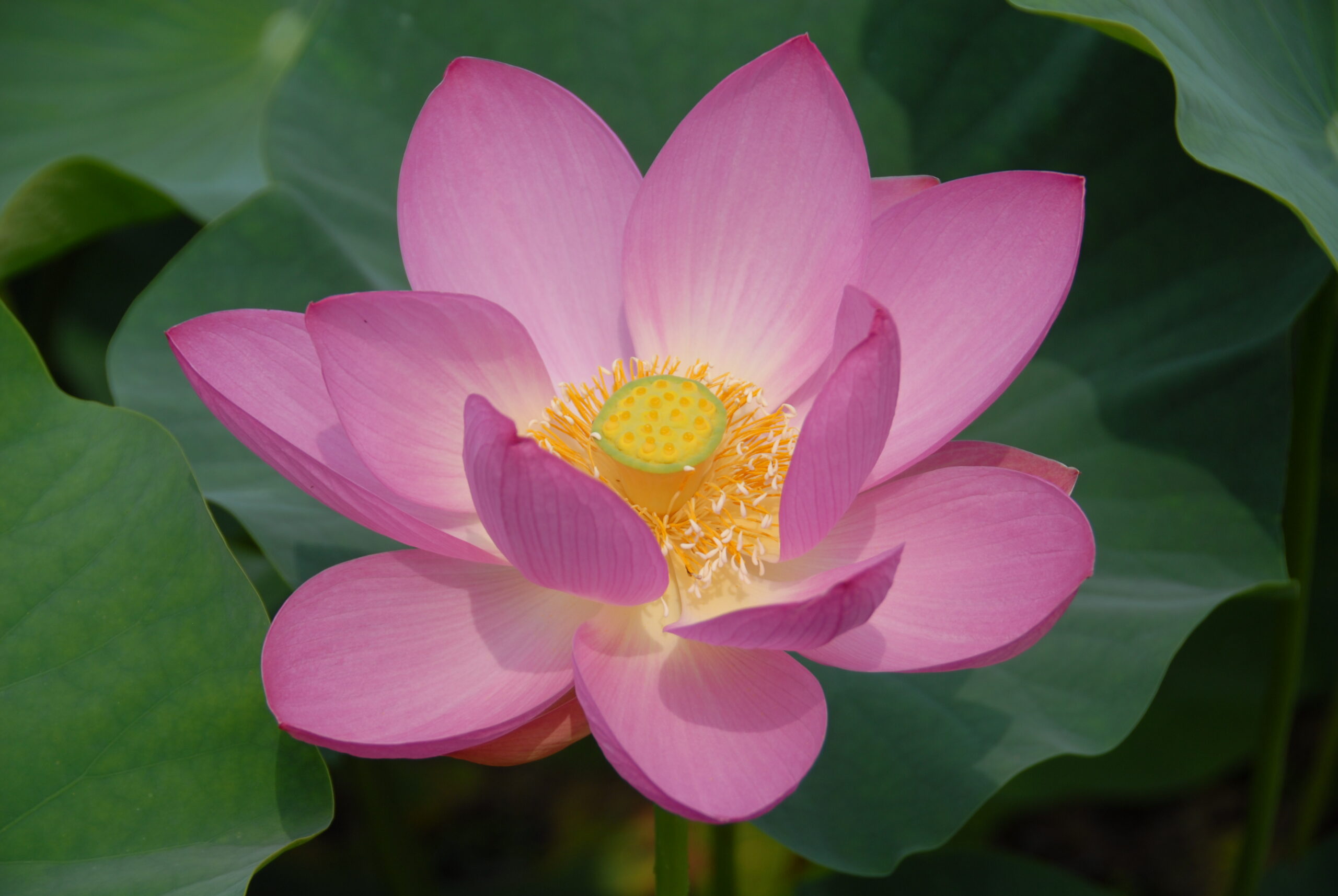
At the Haniwa building located inside the Saitama Kofun Group, anyone can experience making their own Haniwa with the help of an instructor. Creating a Haniwa takes 3 steps: molding for 90 to 120 minutes, drying for about a month, and finally heating the Haniwa in the kiln located inside the building for around 7 hours at 800℃. Once the Haniwa is completed, it can either be retrieved in person or be delivered and paid for on arrival.
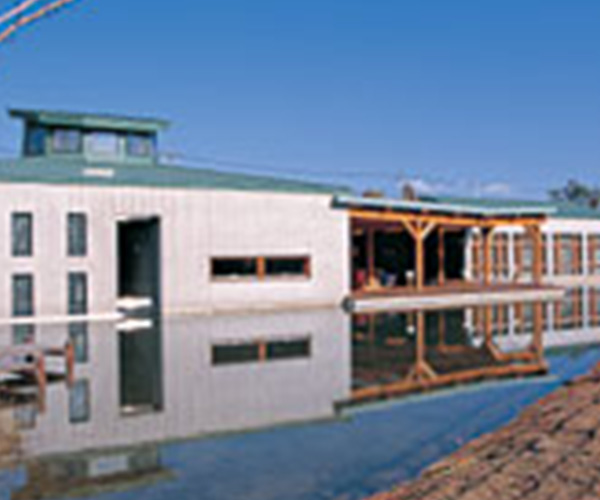
A museum based on the nature and culture of Namegawa Town and utilized as a center for gathering the latest information on these topics. Research efforts related to the artificial breeding and ecology of the Tokyo bitterling, a freshwater carp native to Japan and designated as a national treasure, are also being made to realize its reintroduction into the wild.
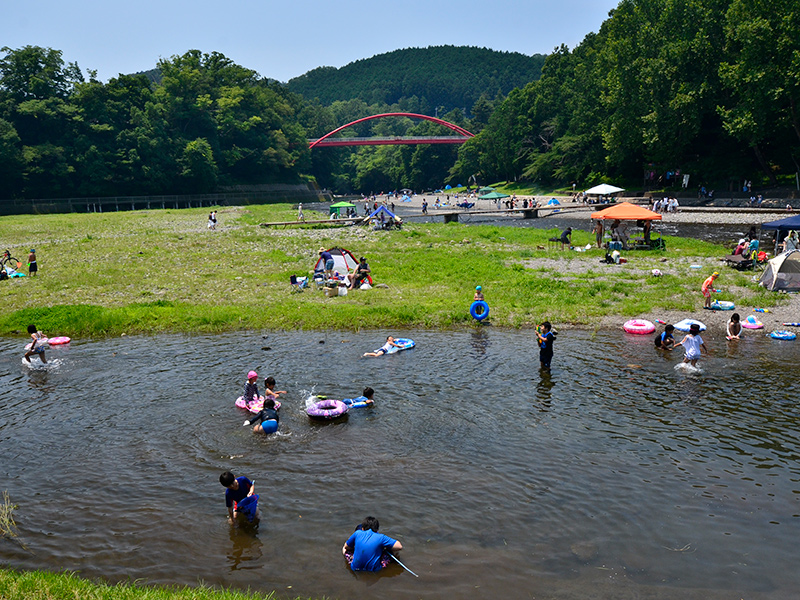
Just a close 15 minute walk from the station, this popular Hanno City tourist spot is filled with people in the summer. The contrast of the deep green trees with the red Wareiwa Bridge provides an ideal photo background, making this the perfect riverside spot for capturing fun summer memories. Rental BBQ equipment and ingredients are also readily available at nearby stores, so revelers can arrive empty-handed.
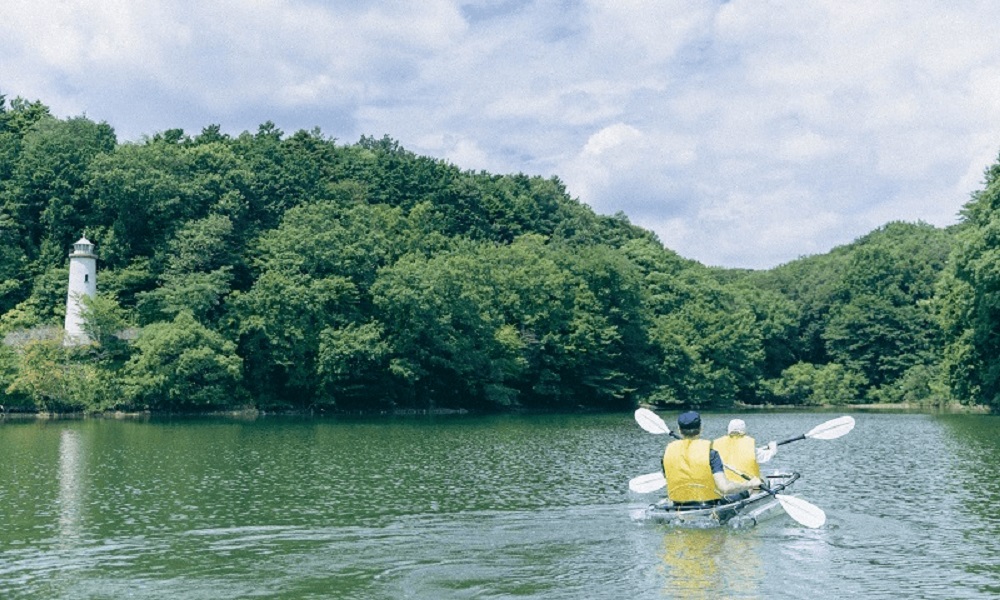
You'll spend a delightful time with family and friends at Metsa Village, whether shopping for Nordic brand goods that give you a taste of Nordic lifestyle, perusing handicrafts at the market, enjoying a Nordic meal at the restaurant, taking part in arts and crafts workshops, renting a boat to cruise the lake, or through various seasonal events. There's plenty to experience at this lakeside forest.
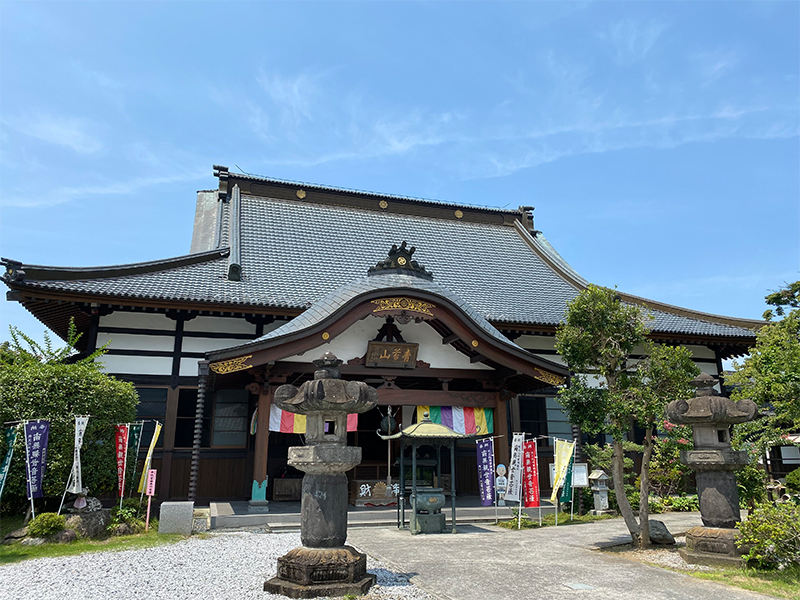
Mt. Seitai Hōchōji Temple, the seventh sacred site and temple, is called Ushibusedo, and the main deity is the eleven-faced Kannon. The eleven-faced Kannon was originally located at Ushibuse in the third ward of Negoya. Due to a disaster in 1782, it was moved to the main hall of Hōchōji Temple, where it has been enshrined ever since. Hōchōji temple is called "Fudasho No.7," also "Mt. Seitai," and it follows the Sōtō school of Buddhism. The temple was founded by Ryodo Kansei, who passed away in 1606. The founder of the Buddhist sect here was Shigekata Uchida, the second generation head of the Uchida family, and the Uchida family is said to be of the Fujita lineage, after adopting Hōjō Ujikuni as a son-in-law.
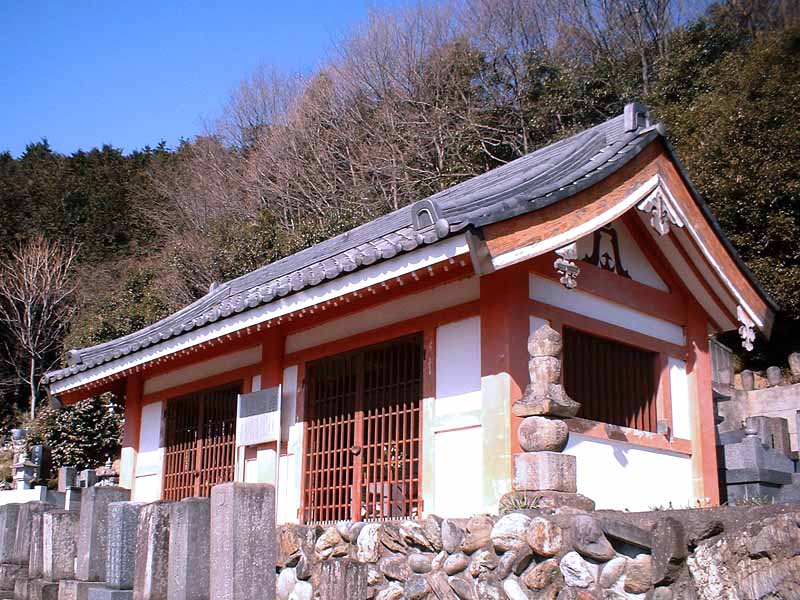
Hachigata Castle is a quintessential castle from the Warring States period and was selected as one of the 100 famous castles of Japan. The castle is said to have been built in 1476 by Nagao Kageharu, a retainer of the Yamanouchi Uesugi clan and leader of the Kanto region, and the castle was later expanded to its current size by the Odawara clan. When the feudal lord Toyotomi Hideyoshi attacked and besieged the castle in 1590, the soldiers inside held out for one month before giving up, surrendering the castle in exchange for their lives. The castle was later demolished and abandoned, but you can still see a large number of ruins that remain largely undisturbed, reminding us of the strong fortress of the past.
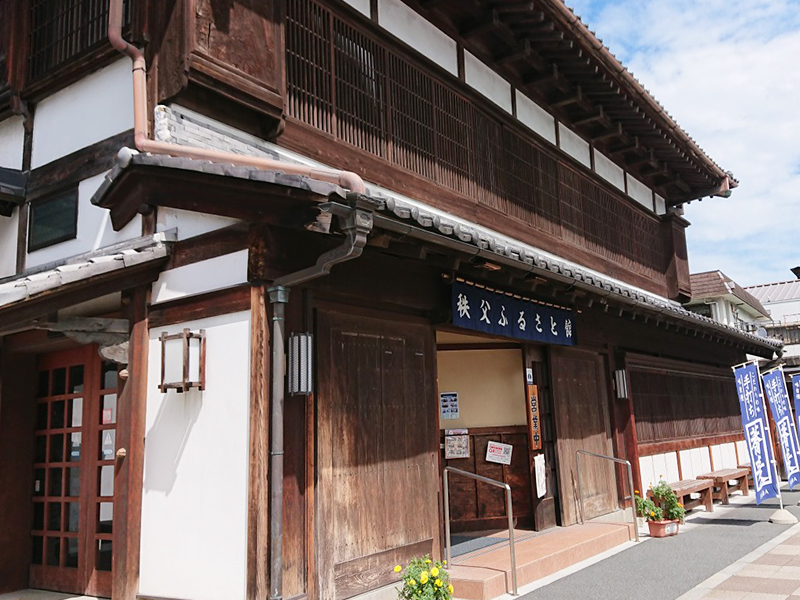
This store was originally the main building of a meisen silk wholesaler that prospered in the Taisho era. It has now been restored as a tourist center that also displays and sells local products. You can also try out the local cuisine at the soba noodle shop!
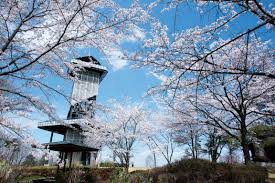
The observatory at Mt. Ninomiya is located at the town's highest location, at an elevation of 131.8 meters. From this observatory, you can enjoy the far-off Mt. Asama, Mt. Tanigawa, Nikko Mountain range, Mt. Tsukuba, and Chichibu mountains, and from the top floor you can get a view overlooking the skyscrapers of Shinjuku using a free telescope. If you're lucky, you can even see Tokyo Skytree! When flowers such as azaleas are bloom, this area is perfect for a lovely stroll.
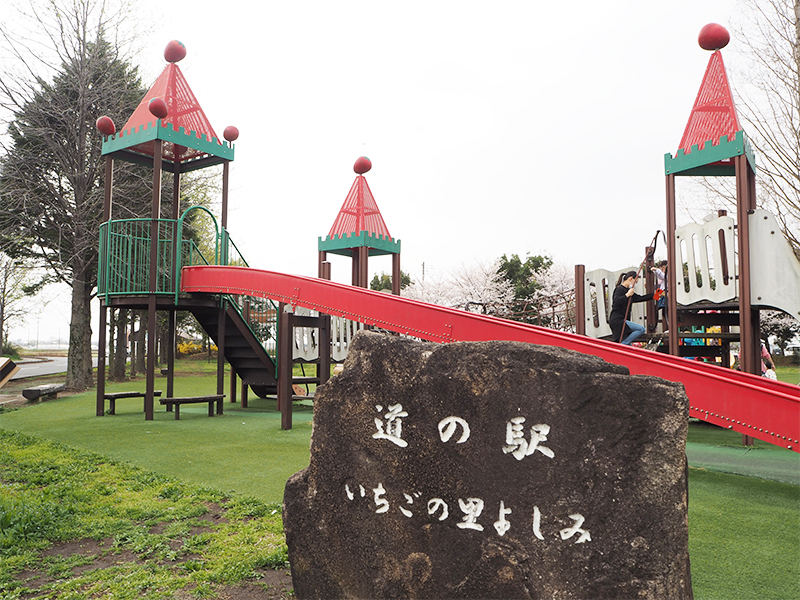
This roadside station, with a play tower designed to resemble a strawberry castle, is easy for families to stop by. Goods such as fresh dorayaki made from Yoshimi grown strawberries are available for purchase. It is also a popular place to take a break and enjoy a delicious soft-serve ice cream.
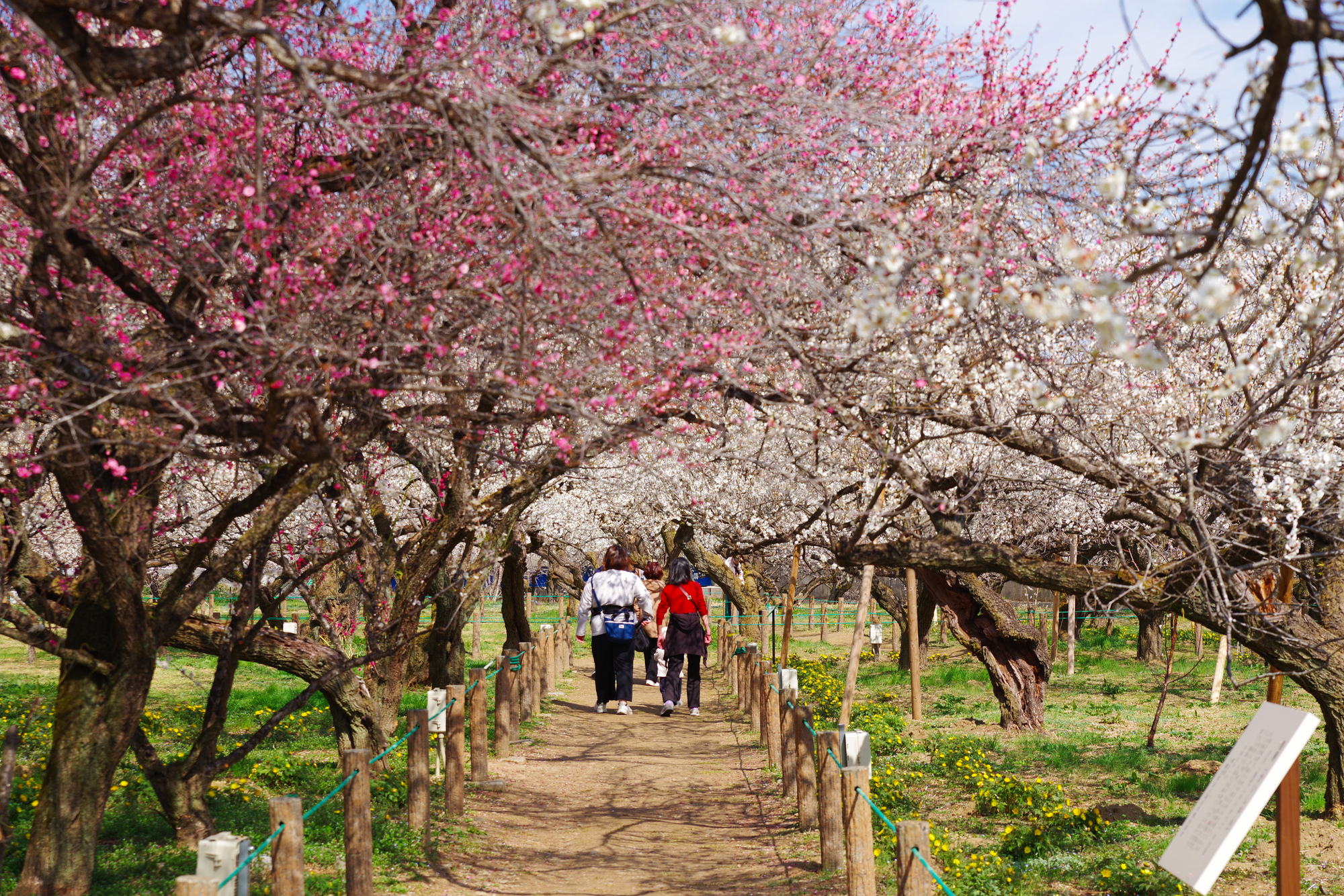
The Ogose plum grove dates back to the separation of Umezono Shrine from Dazaifu Tenmangu Shrine. Named after Heian period scholar, poet, and politician, Sugawara no Michizane, this grove of trees is recognized as one of the three major plum groves in Kanto. The park covers an area of around 2 hectares and is home to about 1,000 plum trees such as Shirakaga, Kobai, Koseno-ume, and most notably an ancient plum tree called Kaisetsu, estimated to be 650 years old. The Mini SL steam locomotive train running through the park is also rare within Japan. Around 20,000 plum trees, including the surrounding area, are in full bloom during peak season.
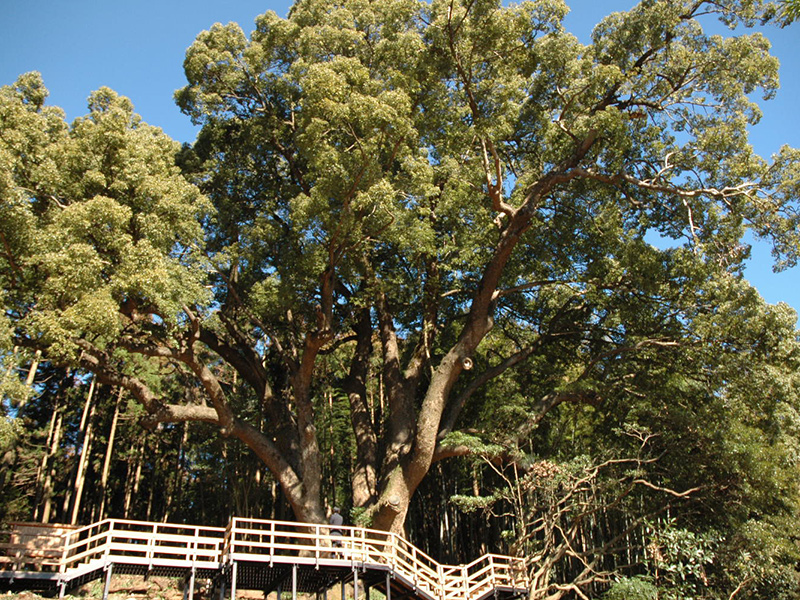
Ranked 16th in the 1988 Japan Big Trees Ranking, this giant camphor tree is certified 1st in the prefecture. The tree has a trunk circumference of 15m, a height of 30m, and is over 1,000 years old. The tree canopy is also a magnificent sight to see. It is designated a natural monument of the prefecture.
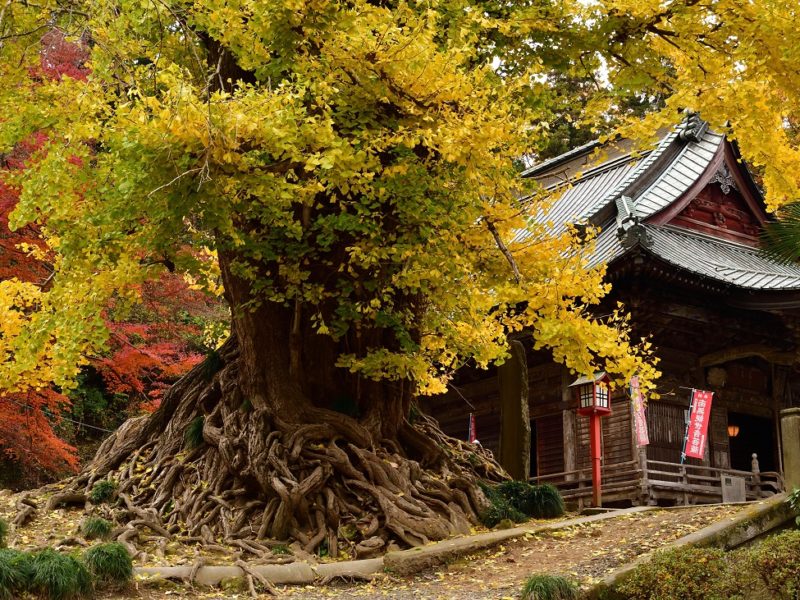
As the 10th sacred site on the Bando 33 Kannon Pilgrimage, this temple has been worshipped since ancient times. During the Sengoku period, the temple was used as the main camp for the Takeda forces during their siege of Matsuyama Castle. After passing through the rows of houses which once hid throngs of visitors, you will arrive at Niomon Gate. Climbing up the stone steps, you can see the city’s oldest bell tower and a wooden temple dedicated to Kannon, as well as a large Ginkgo tree. ※ Seasonal Info: The leaves of the giant ginkgo tree, estimated to be over 700 years old, turn a spectacular yellow color in early December every year.
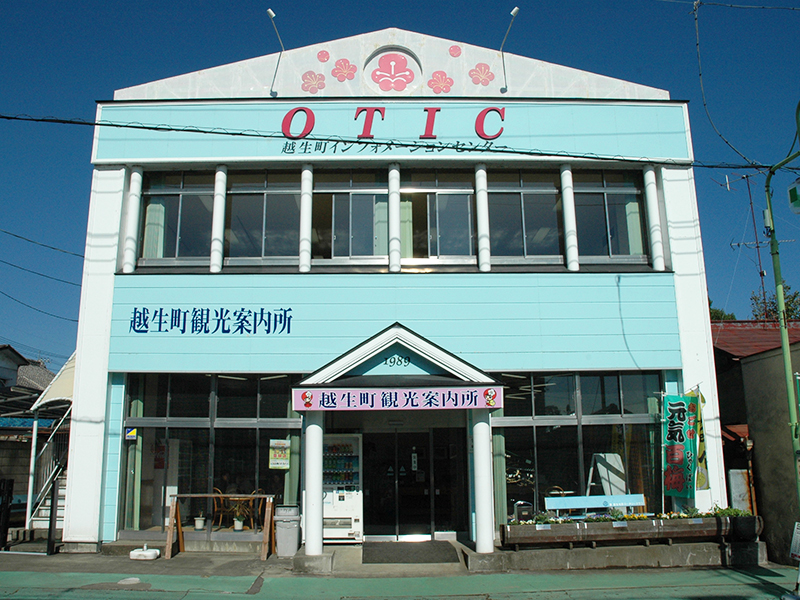
Located immediately next to the Ogose Station West Exit, this facility is used by many as a rest spot and meeting place, as a rendezvous point for hiking and to purchase souvenirs and light meals (rice balls, pizza, coffee, juice). There is also a free shuttle bus to SPA O Park OGOSE that departs from in front of the facility.
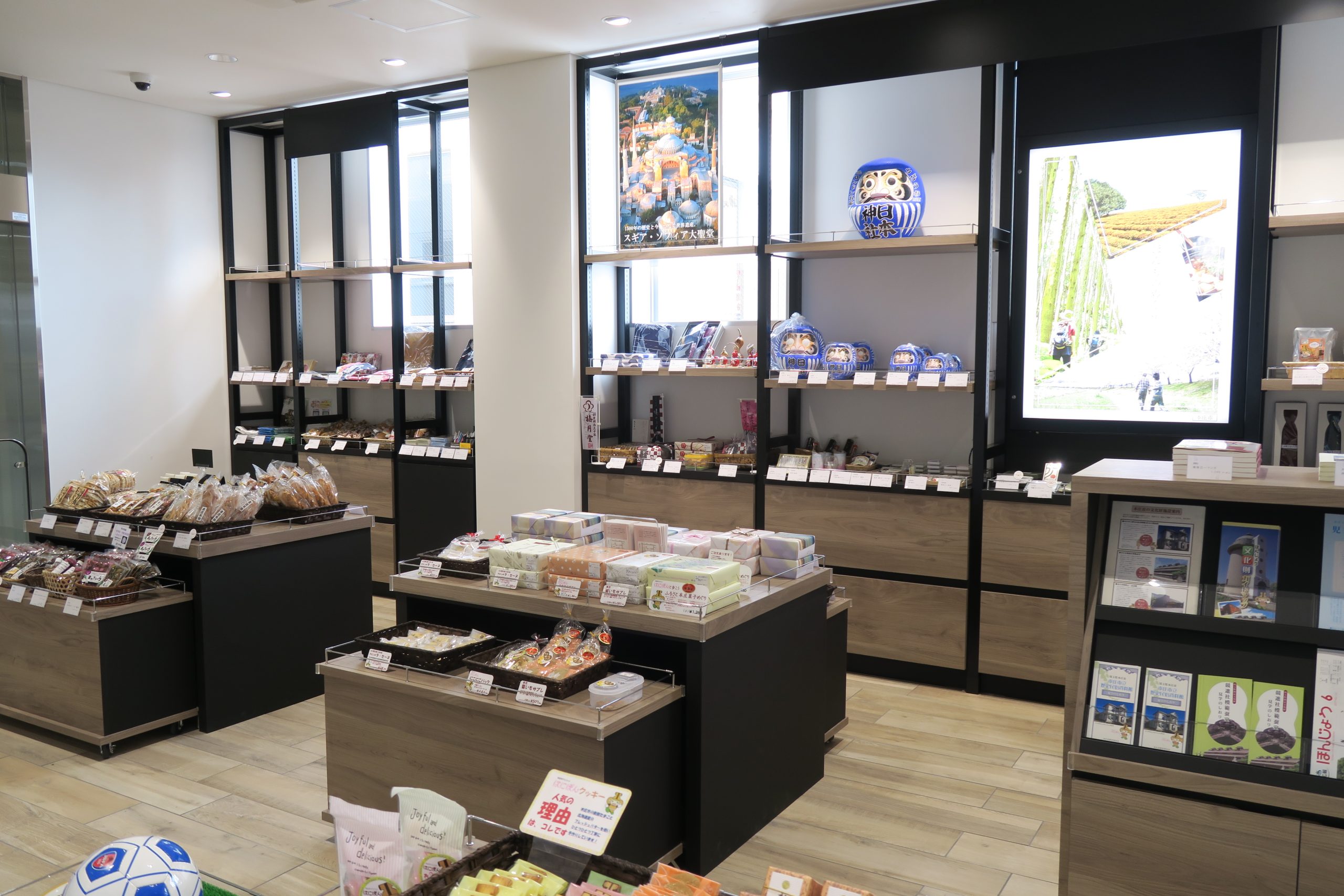
This is a tourist information center located in Honjō Station of JR Takasaki Line. Visitors can obtain tourist pamphlets and information regarding the city and purchase Honjō City’s souvenirs. Sweets and Japanese goods recommended by the Honjō City Tourism Association and Honjō Kasuri silk are also available.
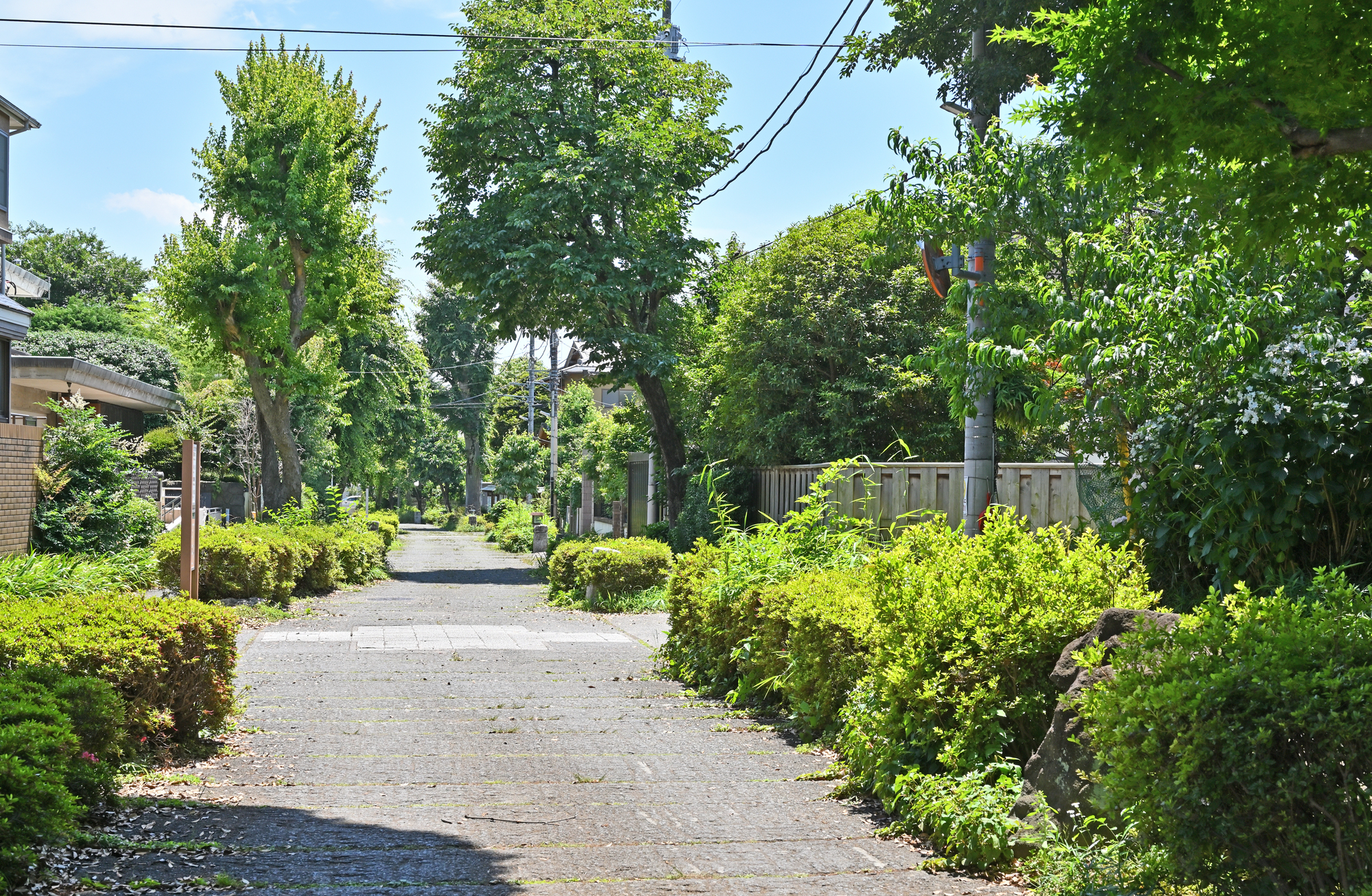
Omiya Bonsai Village was founded in 1925 by bonsai gardeners who moved from Tokyo after the Great Kanto Earthquake. They chose Saitama for its clean air, fresh water, and open space, perfect for growing bonsai. Today, the village remains a hub for bonsai culture in Japan, with six bonsai shops (bonsai-en), each with its own style and story. Right next to the village is the Omiya Bonsai Art Museum, the first public museum in the world dedicated entirely to bonsai. It's a great place to start your visit, offering helpful background, beautiful displays, and a deeper understanding of the art form. The village is just a short walk from Omiya-koen or Toro Station. While it’s open all year, spring and autumn are the best times to go, when the trees and gardens are especially beautiful.
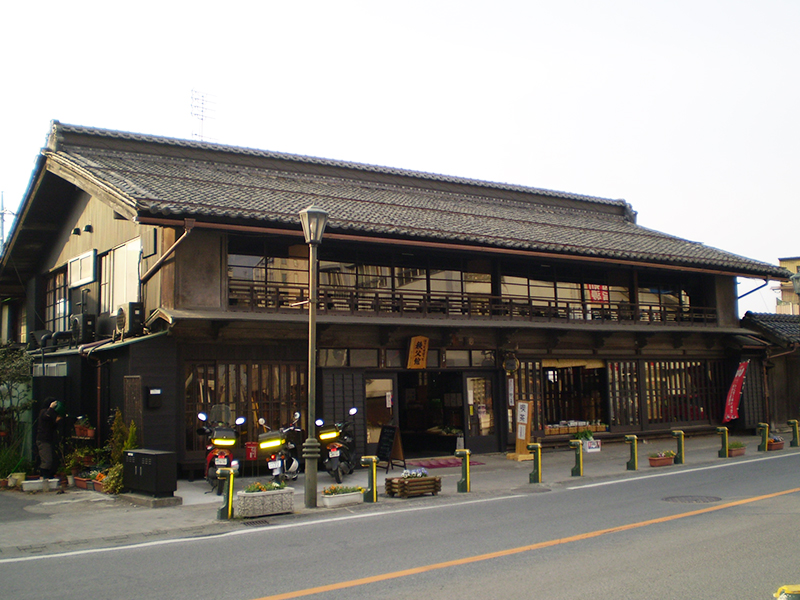
This facility is a center for socializing and tourism established in the early Meiji period merchant's inn, "Chichibu-Kan," which was renovated in a way to preserve its original appearance. The first floor is a free rest space with a large irori (sunken hearth) surrounded by rental boxes where citizens can display and sell their handicrafts and ceramics. Whether you're searching for tourist information or would like mingle with the locals, we hope you will visit Hot Spot Chichibu-Kan!
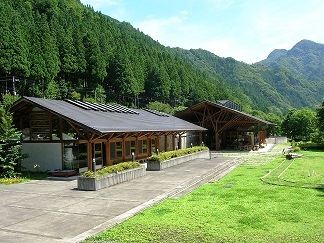
The Saitama Forest Science Museum is a place where visitors can learn about both forests and forestry and deepen their understanding of the roles of forests and forestry. The Museum was built by Saitama Prefecture to encourage and support the local forestry industry.
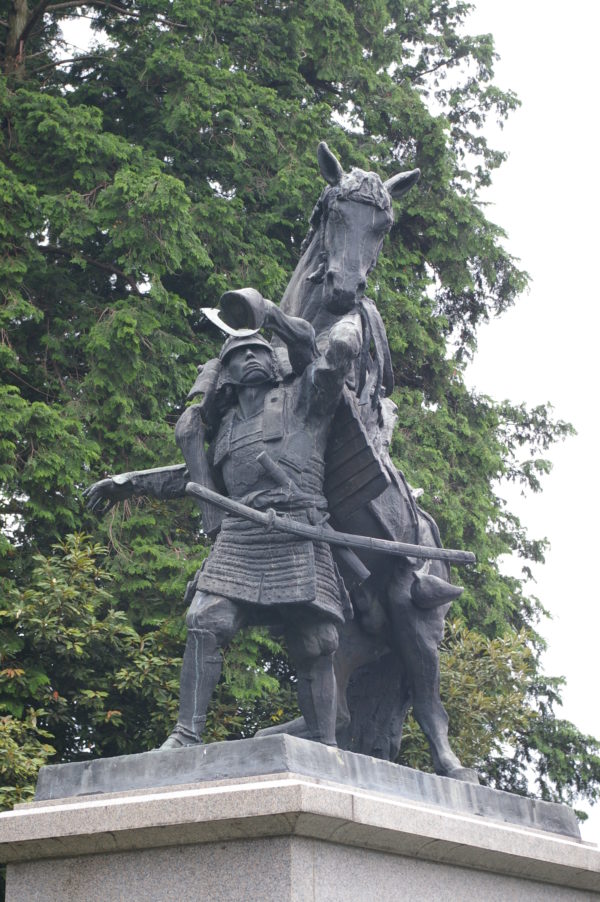
This is the site of Hatakeyama Shigetada's mansion, which is maintained as a park. In the park there is a five-story pagoda, said to be the grave of Shigetada and his vassals, a well said to be where Shigetada had his first bath after birth, and a bronze statue of Shigetada himself.
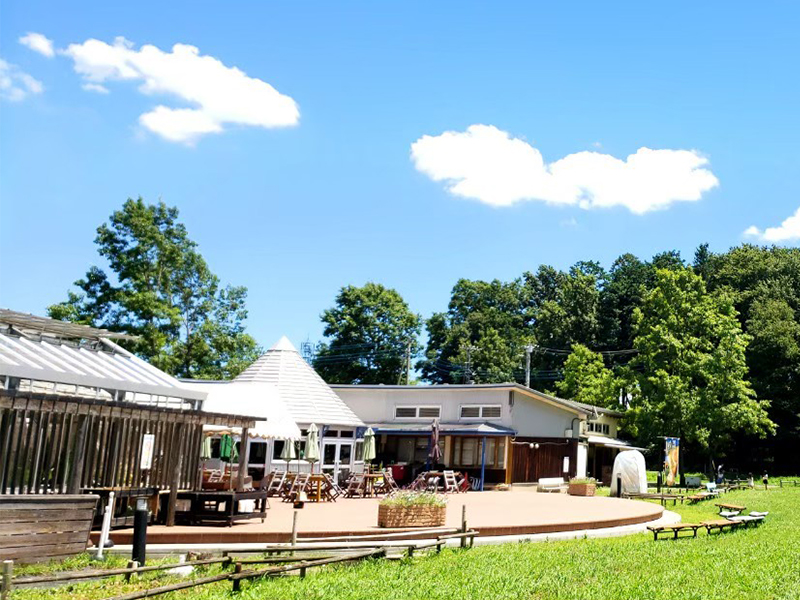
Atarashii Mura, or The New Village, is an agriculture-themed tourist facility. There is a market in the facility called "Mori no Ichiba Yui" that sells fresh vegetables produced by the local farmers of Atarashii Mura. There is also a cafe called "Mori no Cafe," where visitors can enjoy a drink or light meal. Lastly, at the facility, "Noh no Ie," they host hands-on experiences and lectures on agriculture and food, offer facility rentals, and have an herb garden of more than 100 different species where hands-on harvesting experiences for lavender and mint are available. They also grown their own rice, a popular product.
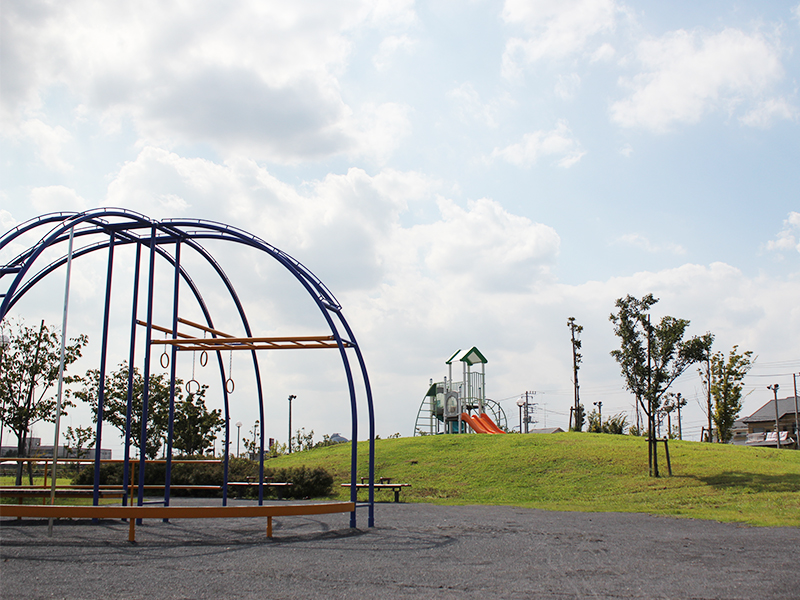
Located only a 5-minute walk from Yoshikawaminami Station on the JR Musashino Line, this is the largest park in Yoshikawa City. From Miharashi Hill, you can see the adjacent pond and multipurpose plaza. There is also a playground with a variety of equipment which can be enjoyed by both children and adults.
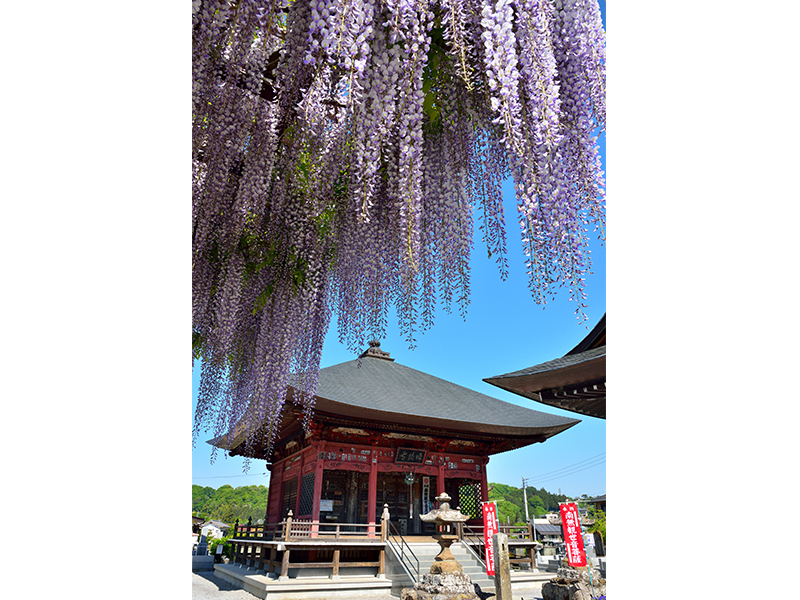
During wisteria season, you can enjoy vines of purple wisteria flowers descending from the trees in the precincts of Gokado Temple on Mt. Ogawa. Magohachi Honma, who built the temple, spent a night discussing the art of waka poetry with a traveling monk to finally master its secrets, and thus named the temple "Gokado" (words and songs temple). According to legend, the monk was said to have been the incarnation of Kannon, the Goddess of Mercy. The stone Buddha in the Koshinto pagoda on the right side of the hall is one of few existing in Chichibu. Collectible goshuin seals are available at Chokoji Temple, about 250 meters away.
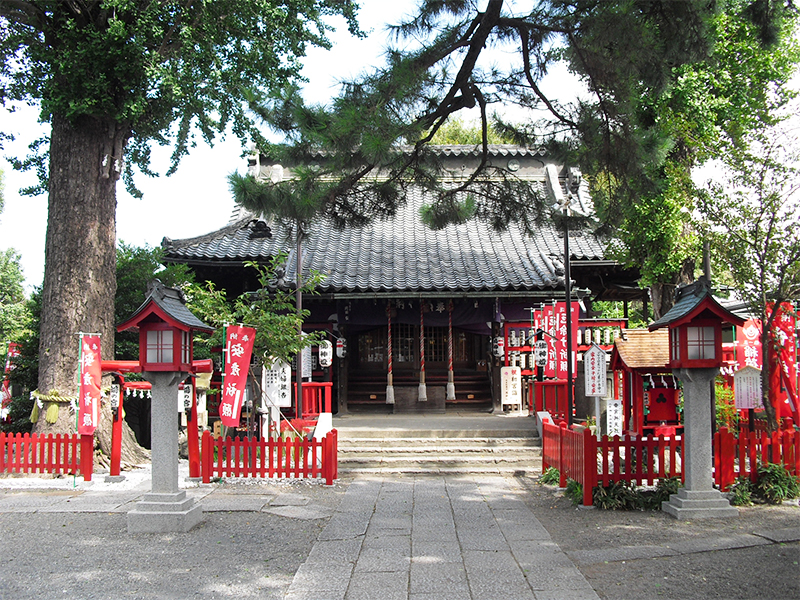
This is the main shrine of Konosu City, where the legend of the konotori (stork), also believed to be the origin of the cities name, has been handed down to this day. In 1873, Raiden Shrine, Kumano Shrine, and Hikawa Shrine were combined to form Kou Shrine. At the end of the year, they hold a Tori no Ichi fair (festival celebrating good fortune and business prosperity).
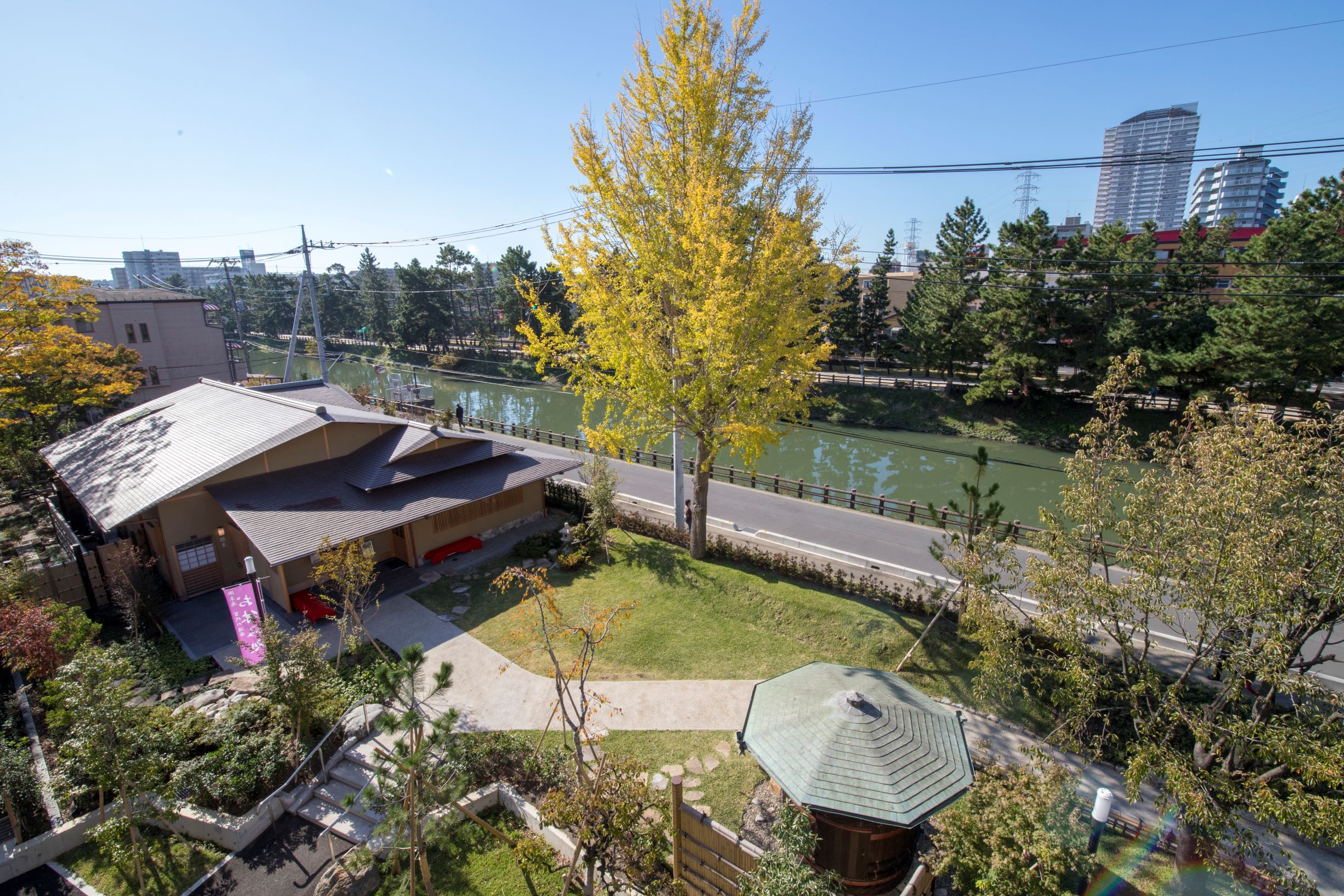
This single-floor wooden house, built using the 'Sukiya' architectural style, has been praised and written about by the Japanese literature researcher Donald Keene. The facility now serves as a place to introduce the Sōka area's culture of tea ceremony, flower arrangement, and classical instruments such as koto and shamisen. Furthermore, the facility is also open as a resting area where visitors can enjoy a cup of tea for a small fee.
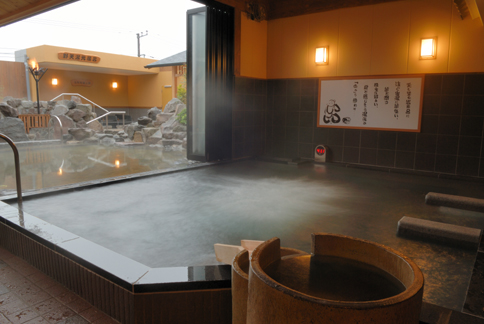
Enjoy natural hot spring open-air baths and Ganban yoku (hot stone baths) made from black silica, just a few of the ten unique baths prepared to wash your fatigue away. Enjoy a relaxing meal or foot bath surrounded by a traditional townscape that will make you feel like you have traveled back in time. In addition, there are many refreshment rooms for massage and body scrub treatments, allowing for maximum leisure! Enjoy “healing and moisture” to your heart’s content.
This site uses cookies to improve the user experience. If you continue to browse, you consent to the use of cookies on this site. Accept
CONTACT
